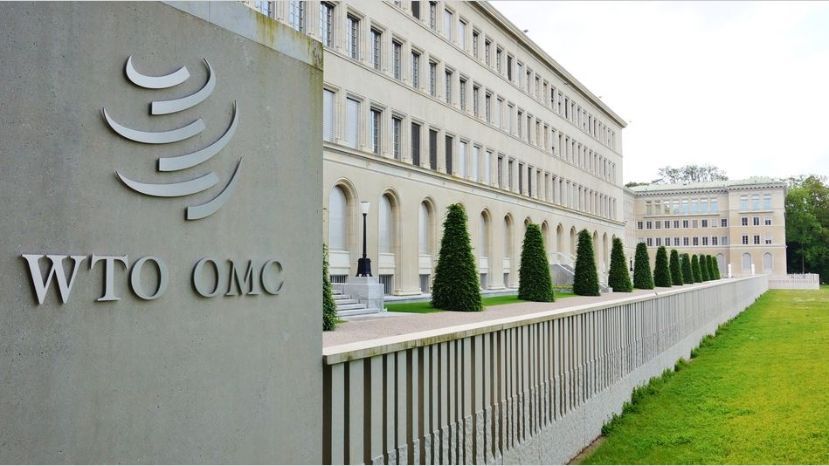RIO DE JANEIRO, BRAZIL – After eight years, the international community’s eyes are again on Argentina’s trade policy, which is under scrutiny by the World Trade Organization (WTO).
In an extensive report of almost 300 pages, the main regulatory body of international flows of goods and services made a detailed report on Argentina’s regulatory policy, highlighting “the weakness of economic growth”, the “significant number of taxes” that weigh on economic operators, and the fluctuating policy of the last three governments.
Read also: Check out our coverage on Argentina
The Geneva-based agency estimated that between 2013 and 2021, the governments maintained “active use” of several trade policy instruments, including registration requirements for imports and exports, import licenses, and withholding taxes.

Although it is a technical report, the open-minded nature of the organization allows interpreting the points where it stops as observations and value judgments on trade policy. In this sense, the WTO underlined that “Argentina actively uses trade policy measures as an instrument to achieve objectives that, on occasions, go beyond trade” to promote “greater tax collection, contain inflation or maintain the balance of payments equilibrium”.
The agency warns of “frequent adjustments to laws and regulations” that “add complexity to the regime, making it less predictable.”
The regulatory scrutiny stopped at an issue that produces constant complaints from trade operators: import licenses.
Noting that all goods imported for final consumption “are subject to an import licensing requirement,” whether automatic or non-automatic, the WTO warned that “the lists of products subject to the various licenses are updated without a predetermined periodicity,” and warned that “in 2020, 14.3% of the tariff universe was subject to non-automatic licenses, which is a substantial increase compared to 2012 when only 6% was subject to non-automatic licenses.”
The analysis also dwells on price regulation and marketing policies. It puts the focus on the tools that allow the State “to establish profit margins, reference prices, and maximum and minimum price levels; to dictate rules governing marketing, intermediation, distribution, and production, and to set minimum levels or quotas for production, industrialization, marketing, transportation, distribution or provision of services.” The Current Prices program is also subject to analysis.
The WTO took a close look at “domestic support programs for the agricultural and agro-industrial sector” on the aggregate production side. It happens to be a point where several countries focus their attention to justify eventual obstacles to trade, as happened, for example, with the stoppage of biodiesel exports to the United States, accused of subsidies and alleged dumping.
In a question-and-answer session scheduled for Wednesday, the rest of the WTO member countries will ask questions and further explain the national regulation. Something similar happened months ago when the United States questioned the “import ceiling”.
As a WTO member state, Argentina is obliged to provide information on its macroeconomic policy and, particularly, on import barriers and incentives -or perhaps subsidies- to exports. After the last analysis, in 2013, the eyes were once again on national policy.

